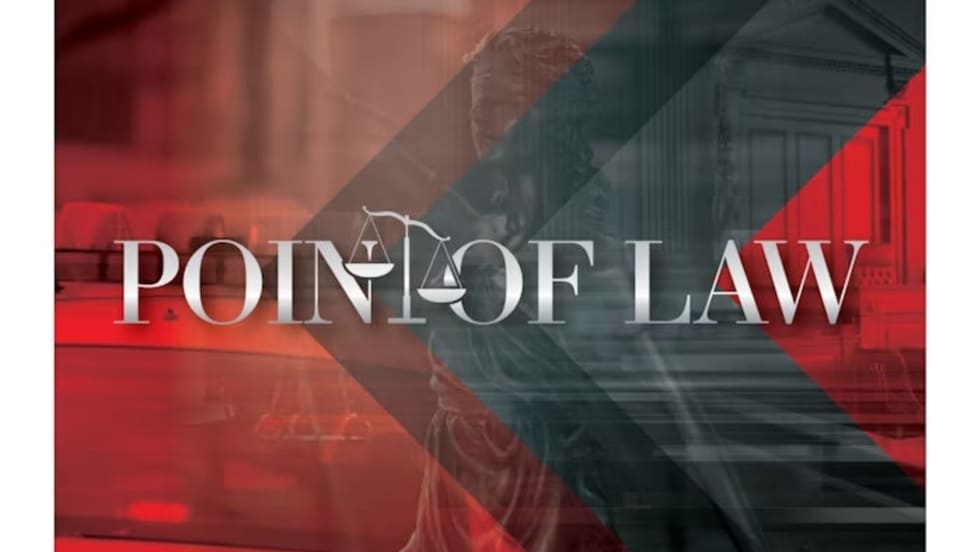The police launched an investigation, and surveillance footage from the shooting location revealed muzzle flashes from a silver sedan, described by one witness as resembling a Chevrolet Malibu. Wilbert Smith’s Chevrolet Malibu was the only silver sedan that could be associated with D.B. at the time of the shooting.
D.B. later identified Smith from a photo lineup, recognizing him as someone he had associated with previously and had a disagreement with in the past. Despite Sharon’s denial of any involvement in an altercation, D.B. said he recalled an argument between Sharon and the mother of Smith’s child at a bar that night.
As a result, Smith’s car was tagged in Michigan’s Law Enforcement Information Network for two main reasons: first, the police wanted to hear Smith’s account of the story; and second, they sought to verify that Smith’s vehicle was involved in the shooting. The tag alerted law enforcement officers across the state to watch for Smith’s car, warning that those inside might be armed, and instructing officers to detain and arrest all occupants if found.
Three days later, Smith’s car was pulled over in western Michigan. The officer asked Smith to exit his vehicle and frisked Smith for weapons. Smith informed the trooper of a gun inside a case in the car. Opting for caution and safety, the officer conducted a “protective sweep” of the car, especially focusing on areas within arm’s reach of the driver. This search unveiled a loaded handgun with a chambered round and a bag of fentanyl and heroin, leading to Smith’s arrest.
After Smith was convicted of firearm and drug-related offenses, he motioned to have the gun-and-drug-related evidence suppressed as fruits of an unreasonable vehicle search, in violation of the Fourth Amendment.







